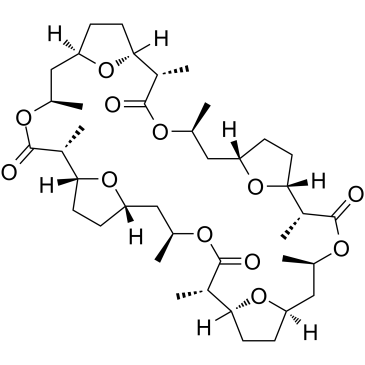| 结构式 | 名称/CAS号 | 全部文献 |
|---|---|---|
 |
无活菌素来源于灰色链霉菌变种
CAS:6833-84-7 |
|
 |
2-(十二烷氧基)苯甲腈
CAS:186029-18-5 |